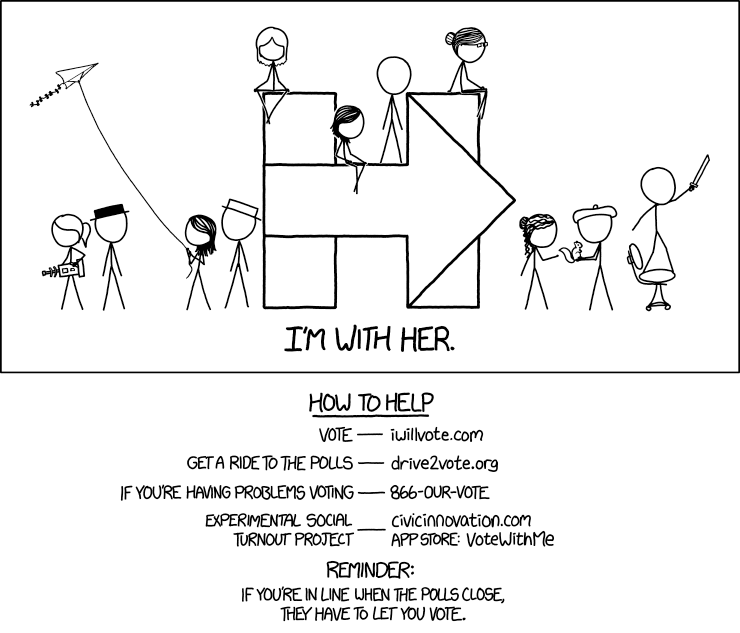Rainy weather over the last two months has been raising hopes of a turnaround to Californias drought.
The National Weather Service said the Northern Sierra had the wettest October and November in 30 years.
For measurement purposes, climatologists define the start of the water year as Oct. 1.
Since then, nearly 18 inches of precipitation have fallen in the Northern Sierra, where snowpack acts as a vital reservoir for the states water supply. Thats more than double the historical average.
Forecasters say another storm is expected to roll into the Sierra on Wednesday night.
In the Central Valley, rainfall totals were also above average in cities including Stockton, Modesto and Fresno.
Southern California, however, has so far been less encouraging.
Downtown Los Angeles has gotten about 1.4 inches since Oct. 1, better than last year but still two-tenths of an inch below normal. At San Diego International Airport, just 0.58 inch of rain has fallen, 0.92 inch below average.
While meteorologists are encouraged by the early signs of wet weather, they caution that the season is young. Its too soon to predict what the coming months will bring.
California is heading into a predicted sixth year of drought. Meteorologists say it would take five years of normal to heavy rains to revive reservoirs and groundwater supplies.
Taking an even longer view, a new analysis from U.C.L.A. warned about what greenhouse gas emissions will mean for the Sierra snowpack, according to KPCC.
If the pollutants arent curbed, it said, the snowpack could be cut in half by the end of the century.



